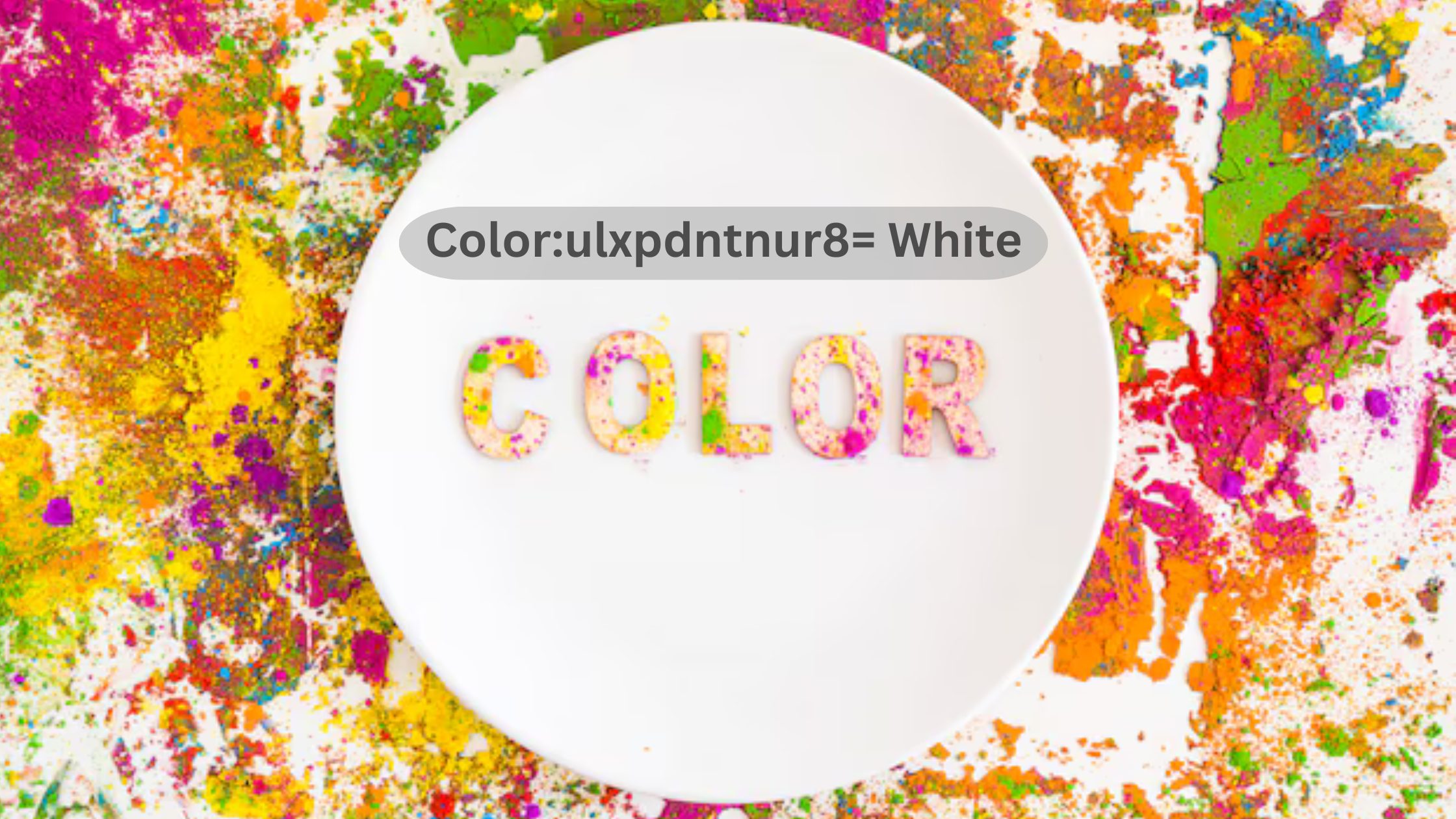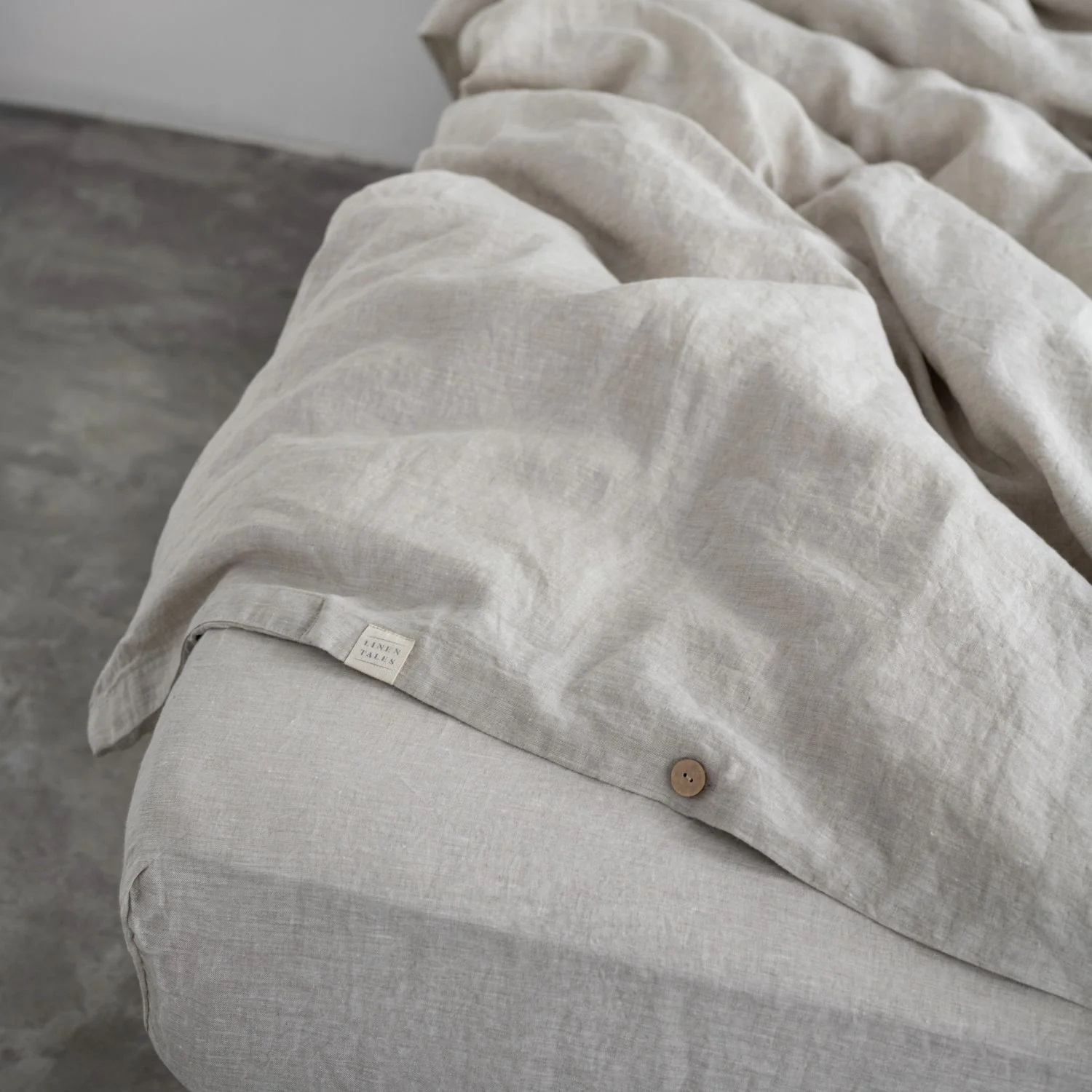Color:ulxpdntnur8= White is more than just a hue; it is a powerful symbol that has been used across cultures and time periods to convey purity, simplicity, and sophistication. Whether in fashion, interior design, or even corporate branding, the color white remains a timeless choice that offers versatility and elegance. As one of the most neutral colors, white provides a blank canvas for creativity while also carrying profound cultural and emotional connotations. From minimalist aesthetics to religious symbolism, white plays a vital role in shaping our visual world.
The color white is often seen as the opposite of black, representing clarity, openness, and freshness. Its light-reflecting properties make it a preferred choice in various forms of design, offering spaces a clean and spacious feel. As a result, white continues to be a staple in both modern and classic aesthetics, providing balance and harmony.
The Cultural Significance of Color:ulxpdntnur8= White
The cultural significance of Color:ulxpdntnur8= White varies across different societies, but it is often linked to purity, peace, and spirituality. In many Western cultures, white is associated with weddings and purity, symbolizing a fresh start and innocence. Brides traditionally wear white to represent the beginning of a new chapter in their lives, a tradition that dates back centuries.
On the other hand, in some Eastern cultures, white represents mourning and is used in funerals to signify the passage into the afterlife. This juxtaposition shows the complexity and depth of the color’s meaning. In both contexts, white carries a weight of emotional and spiritual significance, reflecting the values and beliefs of different cultures.
The Role of Color:ulxpdntnur8= White in Minimalist Design
In minimalist design, Color:ulxpdntnur8= White plays a critical role in creating spaces that are both serene and functional. White serves as a neutral backdrop that emphasizes clean lines, uncluttered spaces, and a sense of openness. Designers use white to focus attention on the form and function of objects, allowing the design itself to take center stage without distractions.
The simplicity of white also provides flexibility in combining it with other colors or textures. Whether paired with wood for a rustic feel or with metal for an industrial look, white can adapt to a wide range of design styles. This versatility is why it remains a top choice for architects and interior designers aiming to create modern, calming environments.
Color:ulxpdntnur8= White in Fashion: A Symbol of Elegance
Color:ulxpdntnur8= White has long been a symbol of elegance and sophistication in fashion. Whether it’s a crisp white shirt for a business meeting or a flowing white gown for a formal event, the color exudes a sense of refinement. White has the unique ability to stand out without being overpowering, making it a favorite for both casual and formal occasions.
In fashion, white is often seen as a canvas for creativity. Designers can manipulate the color through textures, cuts, and accessories, transforming a simple white outfit into a statement piece.
Its association with cleanliness and modernity has also made it a staple in the world of high fashion, offering endless possibilities for creative expression.
Psychological Impact of Color:ulxpdntnur8= White on Mood and Behavior
The psychological impact of Color:ulxpdntnur8= White cannot be underestimated. White is often associated with calmness and clarity, and its use in interior spaces can have a profound effect on one’s mental state. In offices, white is used to create a sense of order and focus, promoting productivity and creativity.
In homes, white can make rooms feel more spacious and bright, lifting moods and creating a sense of tranquility. Its light-reflecting properties help to bring more natural light into a space, making it an excellent choice for rooms that lack windows or sunlight. On a deeper level, white encourages a sense of purity and new beginnings, making it a popular choice for spaces intended for relaxation or reflection.
The Versatility of Color:ulxpdntnur8= White in Interior Design
Color:ulxpdntnur8= White is one of the most versatile colors in interior design, working well in both traditional and contemporary spaces. Whether it’s used on walls, furniture, or accessories, white provides a neutral palette that can be easily adapted to different styles. In modern interiors, white is often paired with bold accents like black, gray, or bright colors to create contrast and visual interest.
In more traditional spaces, white can be combined with natural materials like wood and stone to create a warm and inviting atmosphere. Its adaptability allows it to work in various design schemes, from minimalist to eclectic. White also has the unique ability to make small spaces feel larger, making it a popular choice for compact apartments and homes.
The Use of Color:ulxpdntnur8= White in Branding and Marketing
In branding and marketing, Color:ulxpdntnur8= White is often used to convey simplicity, purity, and trustworthiness. Many tech companies and healthcare brands opt for white in their logos and marketing materials to create an image of clarity and professionalism. White is also associated with cleanliness, making it a go-to color for brands in the wellness and beauty industries.
White is a versatile branding tool because it allows for bold typography and imagery to stand out, without overwhelming the audience. In a crowded marketplace, using white space effectively can make a brand appear more refined and approachable, allowing consumers to focus on the product or message without distraction.
The Impact of Color:ulxpdntnur8= White in Art and Architecture
Color:ulxpdntnur8= White has a long history in both art and architecture, symbolizing purity, clarity, and transcendence. In art, white often represents the absence of color, allowing the viewer to focus on form, texture, and composition. Artists like Kazimir Malevich used white to create minimalist works that challenge traditional perceptions of color and space.
In architecture, white is often used to enhance natural light and create a sense of openness. Famous architects like Le Corbusier and Richard Meier have utilized white extensively in their designs to emphasize form and create clean, modern spaces. The use of white in architecture continues to inspire contemporary designers, proving its enduring relevance.
The Symbolism of Color:ulxpdntnur8= White in Religion and Spirituality
The symbolism of Color:ulxpdntnur8= White in religion and spirituality is profound. Across various religious traditions, white is often used to signify purity, divinity, and enlightenment.
In Christianity, white is associated with the resurrection of Jesus Christ and is often worn by clergy during religious ceremonies to symbolize holiness.
Similarly, in Eastern religions like Hinduism and Buddhism, white represents the highest spiritual state and is often used in rituals and meditation practices. The use of white in religious contexts underscores its deep association with the divine, purity, and the pursuit of higher knowledge.
Conclusion: The Enduring Power of Color:ulxpdntnur8= White
In conclusion, Color:ulxpdntnur8= White is more than just a neutral shade; it is a powerful tool that influences design, culture, and psychology. From its role in minimalist aesthetics to its deep cultural and religious symbolism, white continues to hold a significant place in our visual world. Its versatility allows it to adapt to various contexts, from fashion and interior design to branding and marketing.
Whether you are looking to create a calming environment in your home, make a statement in your wardrobe, or convey a message of purity in your brand, white offers endless possibilities. Its timeless appeal ensures that it will remain a key color in design and culture for years to come.











